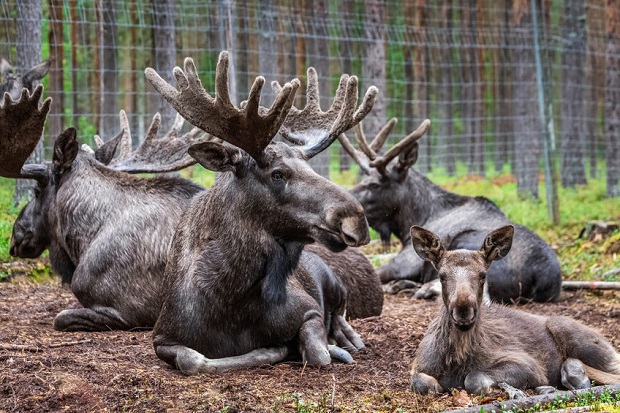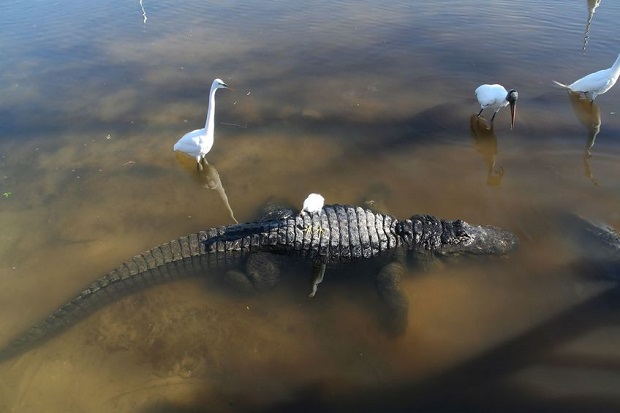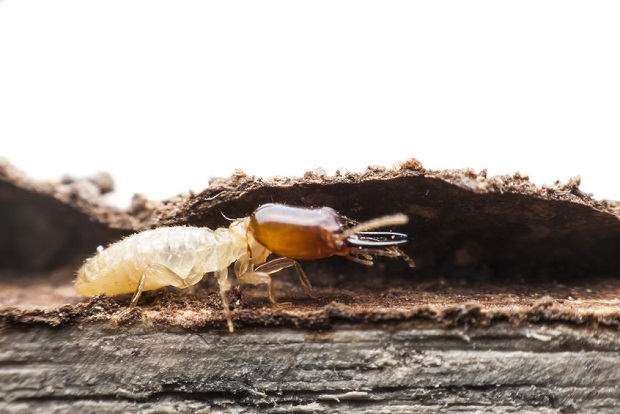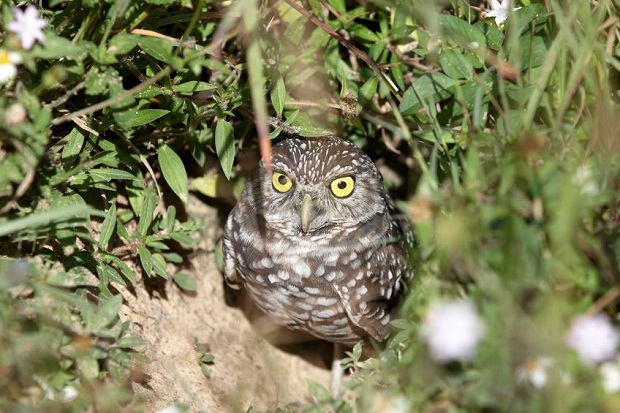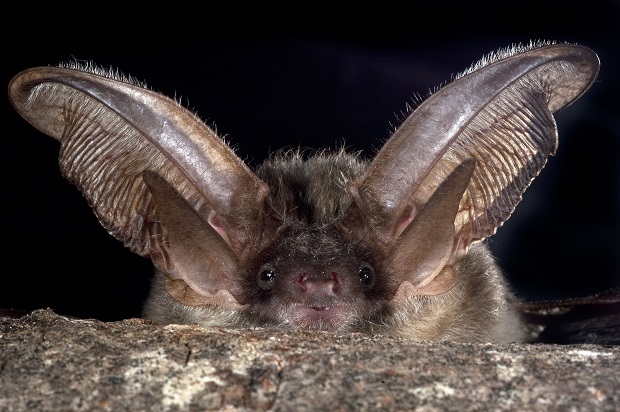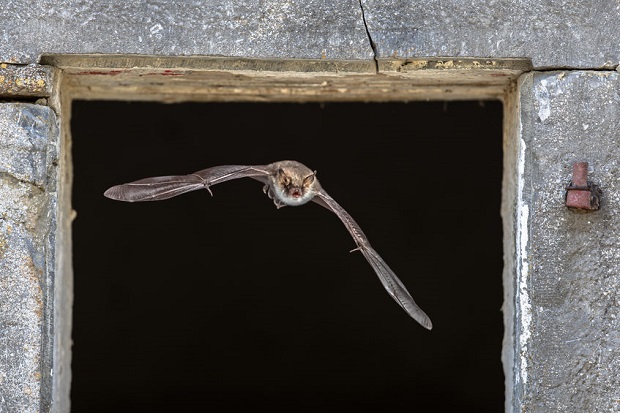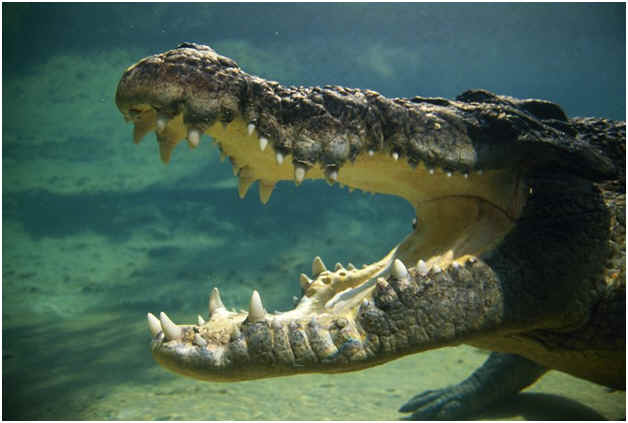
Can Crocodiles Live in Salt Water?
Some crocodiles are very well adapted to living in saltwater. In fact, Crocodylus porosus, also known as the saltwater crocodile or estuarine crocodile, is not only the biggest crocodile but also the largest species of reptile still living, with adult males reaching up to a ton.
Saltwater Crocodiles’ Habitat
While saltwater crocodiles do not live exclusively in oceans or seas, they have a high salinity tolerance and are good enough swimmers to be occasionally found far out to sea. Most adults live along coasts or near where rivers intersect with bodies of saltwater. Swamps and freshwater rivers are reserved for breeding grounds. The young spend their early lives in the freshwater areas before migrating to the coasts. Most saltwater crocodiles are found on the northern coasts of Australia and around the islands of Indonesia and New Guinea, but they can be found as far as eastern India and the Philippines.
Saltwater Crocodiles’ Physical Characteristics
The saltwater crocodile has the greatest sexual dimorphism of any reptile. Males average approximately 5 meters in length and 450 kilograms, while females rarely get bigger than 3 meters long and 150 kilograms. The young are a pale tan or yellow and are sometimes striped, but they eventually turn to a dark gray or brown with heavy mottling. With up to 65 teeth in their jaws, they have the most powerful bite of any animal alive. In the wild, most crocodiles will not live more than eight or nine years, but some have been known to live for over forty years in captivity.
Behavior
Saltwater crocodiles are one of the most intelligent reptiles. They communicate with barking noises and have four distinguishable calls, primarily used to indicate distress or convey threats. Most of their time is spent thermoregulating. If they are too hot, they will submerge themselves entirely, with only their eyes and nostrils above water; if too cold, they will bask in the sun on a warm rock. Saltwater crocodiles are not at all picky about meals. While the young are limited by size to things like frogs and crabs, adults will eat anything from turtles to buffalo to monkeys. They kill by seizing the prey animal in their jaws and dragging it underwater. If the first bite fails to kill the animal, it will be finished off by drowning.
Conservation
Saltwater crocodiles are not considered to be endangered. Crocodile hides for the fashion industry are typically supplied by farmed animals rather than by hunting, and while habitat loss is a problem in certain areas such as Thailand, there is still a large population in most of the world. They are officially classified as low risk by the IUCN.
Resources
Department of Sustainability, Environment, Water, Population and Communities
Crocodylus porosus — Salt-water Crocodile, Estuarine Crocodile
http://www.environment.gov.au/cgi-bin/sprat/public/publicspecies.pl?taxon_id=1774
Animal Diversity Web
Crocodylus porosus Saltwater crocodile
http://animaldiversity.ummz.umich.edu/accounts/Crocodylus_porosus/
